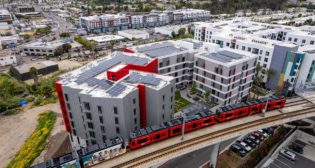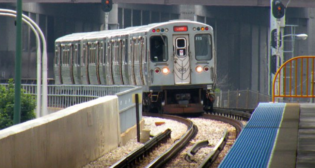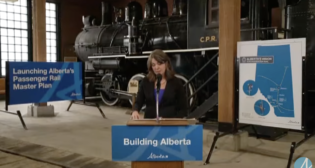
Transit Briefs: Amtrak, Skyline, Caltrain, NJ Transit
Written by Carolina Worrell, Senior Editor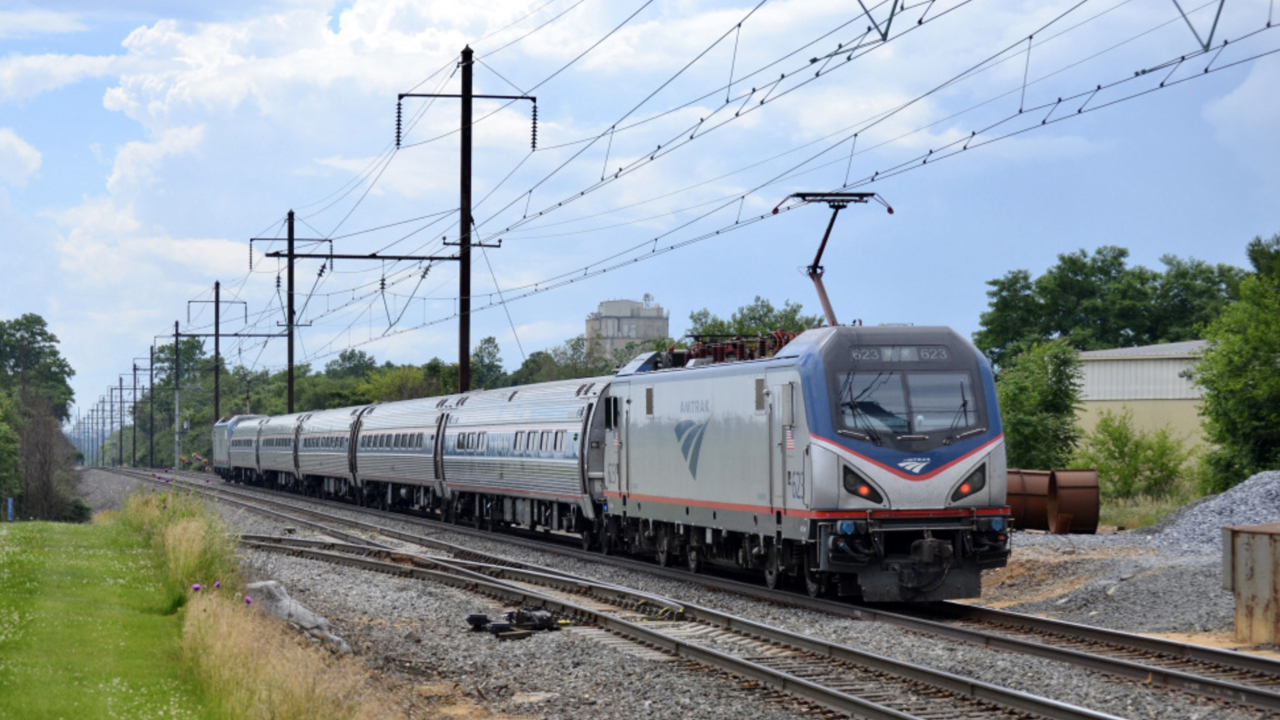
Jim Blaze photo
Amtrak makes progress in bringing stations into compliance with the Americans with Disabilities Act (ADA). Also, Honolulu’s Skyline sees an increase in ridership; Caltrain completes three major milestones toward Electrification Program; and NJ Transit’s Walter Rand Transportation Center (WRTC) Improvement Project continues to advance.
Amtrak
According to a report released by the Amtrak Office of Inspector General (OIG), Amtrak has brought 117 of 385 stations into compliance with ADA as of July 2023, but says it would have to “significantly increase its current pace to complete the remaining stations by its target completion date of fiscal year 2029.”
The report credits Amtrak for making progress toward achieving ADA compliance at stations where it has sole or shared responsibilities, but some challenges the OIG identified in prior reports persist.
For example, according to the report, Amtrak increased its ADA staffing by nine full-time employees and 33 contractor positions in response to a 2021 OIG report that recommended Amtrak “develop, document, and implement” a plan to assess the current and future resources the ADA program needed to implement its timeline for compliance and identify actions to address any shortfalls. Program officials told the OIG that the staffing increases have been instrumental in improving its completion rate for ADA projects. Bringing the remaining 268 stations into compliance by fiscal year 2029, however, will require Amtrak to more than double its current pace, the OIG reported.
According to the report, Amtrak’s greatest challenge is “coordinating with third parties at stations where it has shared responsibilities.” Third parties include other stations owners—such as state and local governments—as well as historic preservation offices, environmental regulators, utilities, labor unions, and others whose property or legal interest may be affected by the proposed work, such as host railroads. At most stations, the OIG says Amtrak “must seek approval from a mix of these third parties before beginning construction.”
Amtrak officials told the OIG that the company “has not experienced significant stalemates with third parties that required escalation to its ADA Executive Oversight Committee.” Coordinating with third parties is inherently time-consuming, however, because of the complex, sometimes overlapping relationships at some stations and the significant number of locations where this complexity occurs, the report said.
The OIG did not make recommendations in this report, noting that Amtrak had “implemented its recommendations from prior reports and was actively working to address other challenges the OIG identified.”
More information is included in the full report (download below).
Skyline
According to the Department of Transportation Services (DTS), Honolulu’s Skyline has seen an increase in ridership since Aug. 21, when the University of Hawaii and all its campuses started classes, KITV reported.
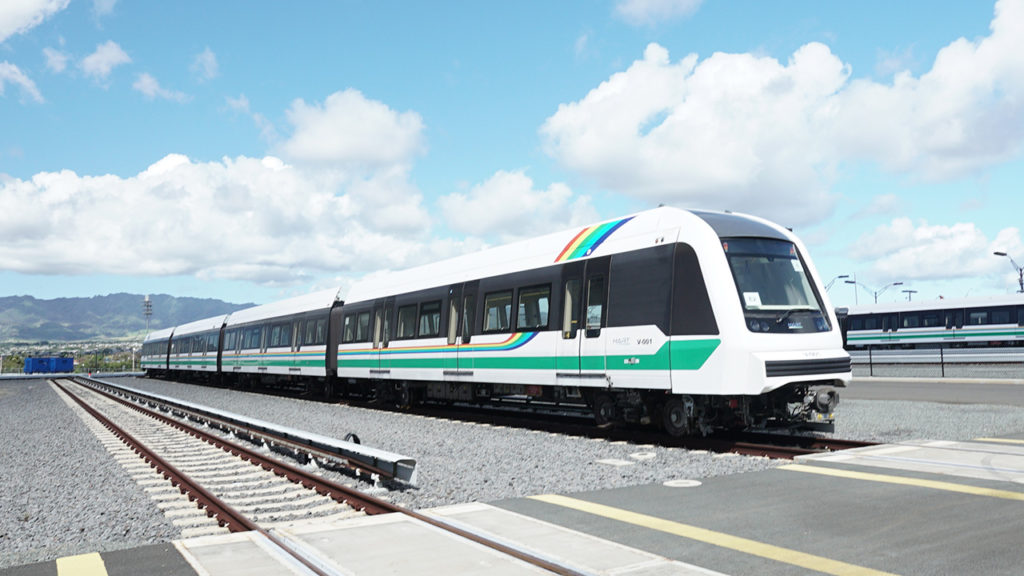
DTS said that since college classes have started there have been more people getting on and off at the stop at Leeward Community College (LCC) and the UH West Oahu campus, according to the KITV report.
Although more people are getting off and on at the two stations near LCC and UH West Oahu, DTS said the stop near the Aloha Stadium “still remains the busiest and most popular.”
Caltrain
Caltrain announced Sept. 18 that it has completed the installation of every pole for the Overhead Contact System (OCS), which provides power to the electric trains, upgraded the signal system that allow electric trains to operate along the Caltrain corridor and successfully tested the new electric trains at maximum track speed of 79 mph. These three major milestones, the agency says, bring the Caltrain Electrification Project closer to passenger service in fall 2024.
According to the agency, Caltrain and contractor Balfour Beatty have worked to install 2,569 pre-engineered poles and upgraded the existing signal system that will allow the electric trains to operate in an electrified corridor along the nearly 160-year-old right-of-way, which has continued to be active railroad during this process. The work in upgrading the existing signal system included upgrading every grade crossing on the electrified corridor. The steel poles were safely lifted and elevated into place and then mounted on concrete foundation, a process that involved ongoing collaboration and hours of work around the clock to complete. A video of the final pole installation can be found below.
With the final OCS pole installed, Caltrain says crews can now hang the last of the wire, as well as finish the final work on the OCS that will provide power to the electric trains, which will be tested along the full corridor from San Francisco to San Jose later this year.
Additionally, Caltrain and the vehicle manufacturer Stadler, have successfully run tests using the OCS and the upgraded signal system with the new electric trains operating at maximum track speed to ensure that all the individual systems are working together as intended. Cameras were placed atop the trains to ensure that the interface between the pantograph on the train and the OCS was fully integrated and operating as designed and constructed. The trains were first tested at walking speed and with each subsequent test the speed was increased until reaching the maximum authorized track speed of 79 miles per hour.
“These three milestones are a big step forward for the Caltrain Electrification Project and we’re now even closer to completing this transformative project,” said Caltrain Executive Director Michelle Bouchard. “I’m grateful to the tireless work of our staff and partners who have gotten us to this point, and I’m excited for the public to have another chance to see these world class trains this Saturday in San Francisco.”
The South San Francisco Traction Power Facility went live in August, making it possible to fully power the entire Caltrain electrified corridor once the testing and OCS is complete this fall. Trains are currently being tested on the southern end of the corridor and will be expanding to more parts of the system in the months to come.
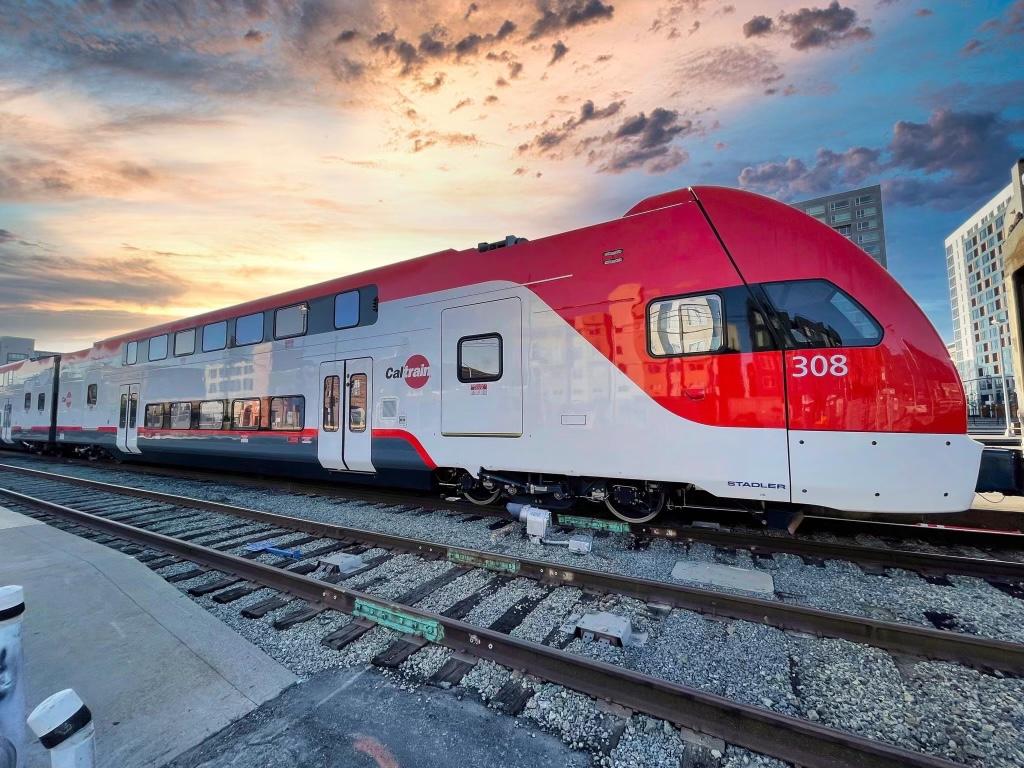
The 51-mile Caltrain Electrification Project will be the first 25KV OCS system on the west coast and will provide power to the new state-of-the-art-electric trains.
NJ Transit
NJ Transit announced Sept. 18 that it has initiated Phase 2 of the WRTC Improvement Project. The second phase of this project, which aims to finalize the concept plan and bring the project up to 30% design, was approved during the NJ Transit Board of Directors meeting held on Sept. 14.
At the October 2021 Board meeting, the NJ Transit Board of Directors approved a contract with HNTB Corporation of New York for Conceptual, Preliminary and Final Engineering Services, with funding authorization for Phase 1 of the project, which consisted of conceptual development services. Phase 1 was completed by HNTB in May 2023.
With the new Board approval, HNTB is authorized to begin Phase 2 of the project at a cost not to exceed $6,997,708, plus 5% for contingencies. Phase 2 includes finalizing the concept plan, bringing the design up to 30%, as well as other engineering and environmental permitting tasks.
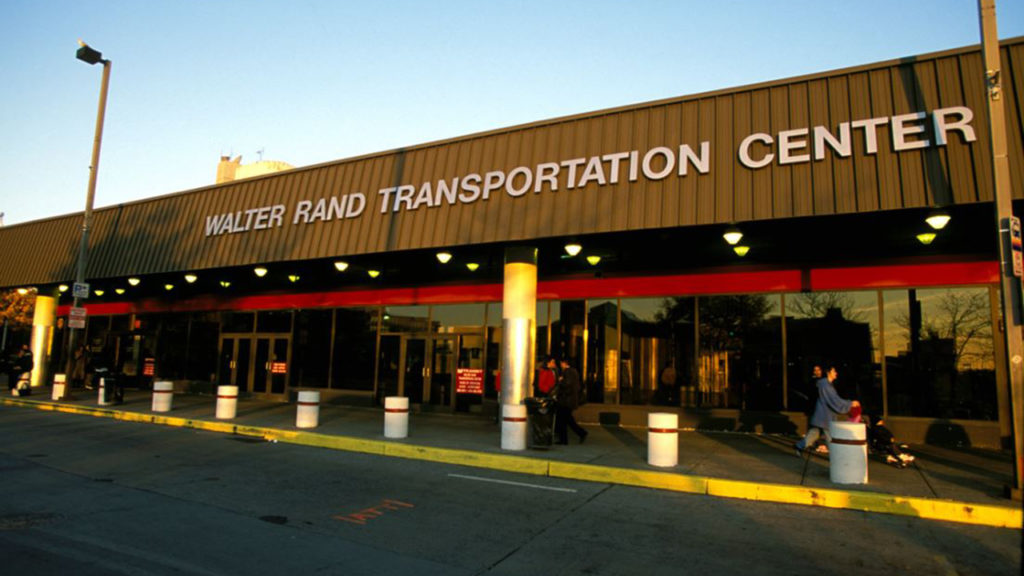
According to NJ Transit, the WRTC Improvement Project will ultimately replace the existing facility with an expanded multi-purpose transit center that will provide an improved link for transportation in South Jersey. The new center, NJ Transit says, will better accommodate the 26 bus lines that serve the facility; provide improved intermodal connectivity with the PATCO Speedline subway and the River LINE light rail; support intercity independent bus services and provide an opportunity for integration with zero-emissions buses.
Additionally, NJ Transit says the new WRTC will provide additional parking, potential administrative offices, and “value capture retail opportunities to the adjacent growing educational and healthcare corridor in downtown Camden.” Other aspects of the Camden development renaissance include a proposed multi-million-dollar redevelopment of the nearby waterfront to the west of downtown, and the valued presence of the headquarters for both the Campbell Soup Company and Subaru of America located to the east.
“NJ Transit is committed to investing in our facilities and their surrounding communities,” said New Jersey Department of Transportation (NJDOT) Commissioner and NJ TRANSIT Board Chair Diane Gutierrez-Scaccetti. “The improvements to the Walter Rand Transportation Center will enhance our services and improve the customer experience, while revitalizing the City of Camden and advancing its economic renaissance.”
“The Board’s approval for Phase 2 of the WRTC Improvement Project marks a significant milestone in our ongoing efforts to revitalize South Jersey’s transportation network,” said NJ Transit President and CEO Kevin S. Corbett. “This phase will bring us closer to providing a more efficient and integrated transit hub for the region, contributing at the same time to the broader development goals of the City of Camden.”
